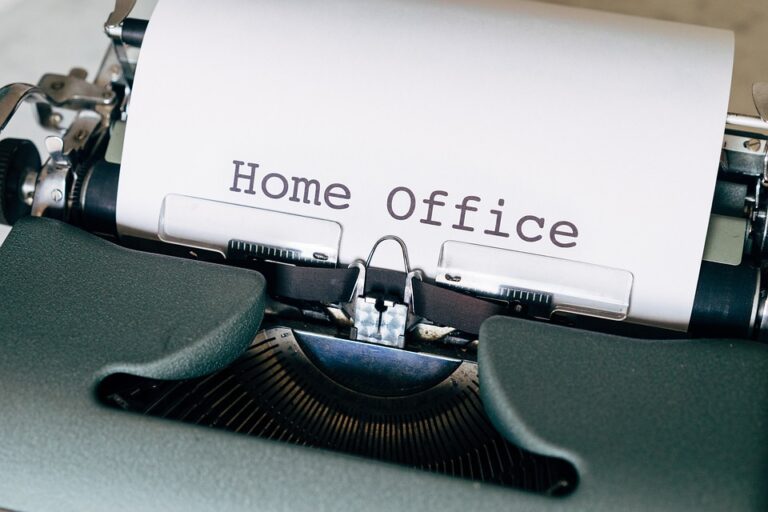
[ad_1]
Unlocking the Power of Gamification: Strategies to Boost Employee Motivation
Employee motivation is a key factor in the success of any organization. Motivated employees are more productive, innovative, and engaged with their work. One effective way to boost employee motivation is through gamification, the use of game elements and principles in non-game contexts.
Understanding Gamification
Gamification leverages the natural human desire for competition, achievement, and reward. By incorporating game-like elements such as points, badges, leaderboards, and challenges into the workplace, organizations can create a more engaging and motivating environment for their employees.
Real-life example:
One company that successfully implemented gamification to boost employee motivation is Adobe. They created a gamified platform called Adobe Kickbox, which encourages employees to pitch and work on innovative ideas. Employees earn badges and rewards as they progress through the innovation process, resulting in a significant increase in employee engagement and creative ideas.
Strategies for Implementing Gamification
When implementing gamification in the workplace, it is important to consider the specific needs and preferences of your employees. Here are some strategies to unlock the power of gamification and boost employee motivation:
1. Set Clear Goals and Objectives
Clearly define the goals and objectives of the gamification strategy. Whether it is to increase sales, improve customer service, or foster collaboration, employees should understand what they are working towards and how their efforts will be rewarded.
2. Provide Immediate Feedback
Feedback is a crucial component of gamification. Employees should receive immediate feedback on their performance, whether it is through points, badges, or personalized messages. This helps them track their progress and stay motivated to achieve their goals.
Real-life example:
Google implemented a gamified system called “Google Food Points” to encourage healthy eating habits among employees. Employees earn points for choosing healthy food options in the cafeteria, which can be redeemed for rewards and incentives. This not only promotes healthy eating but also creates a fun and engaging dining experience for employees.
3. Foster Collaboration and Teamwork
Gamification can be used to promote collaboration and teamwork among employees. By creating team-based challenges and competitions, employees can work together towards a common goal, fostering a sense of camaraderie and unity within the organization.
4. Offer Meaningful Rewards
Rewards are a powerful motivator in gamification. However, it is important to offer meaningful and desirable rewards that are aligned with the interests of employees. Whether it is monetary incentives, extra time off, or career development opportunities, rewards should be attractive and relevant to employees.
Conclusion
Gamification is a powerful tool for boosting employee motivation and engagement. By incorporating game elements and principles into the workplace, organizations can create a more dynamic and enjoyable work environment, leading to increased productivity and innovation. Real-life examples such as Adobe and Google illustrate the positive impact of gamification on employee motivation and performance. By implementing strategies such as setting clear goals, providing immediate feedback, fostering collaboration, and offering meaningful rewards, organizations can unlock the full potential of gamification and create a more motivated and high-performing workforce.
Storytelling Approach
John, a sales representative at a technology company, was struggling to meet his sales targets. He felt demotivated and unengaged with his work. However, everything changed when the company introduced a gamified sales incentive program. John was now competing with his colleagues to earn points and rewards for achieving sales milestones. He received immediate feedback on his performance and was recognized for his efforts. With a newfound sense of purpose and motivation, John not only met his sales targets but exceeded them, all thanks to the power of gamification.
FAQs
Q: How can organizations measure the effectiveness of gamification in boosting employee motivation?
A: Organizations can measure the effectiveness of gamification through employee surveys, performance metrics, and tracking key indicators such as productivity, engagement, and retention. By gathering feedback and analyzing data, organizations can evaluate the impact of gamification on employee motivation and make necessary adjustments to the strategy.
Q: Are there any potential drawbacks to implementing gamification in the workplace?
A: While gamification can be a powerful tool for boosting employee motivation, it is important to consider potential drawbacks such as competition creating a negative work environment, or employees becoming overly focused on rewards rather than the quality of their work. To mitigate these risks, organizations should carefully design gamification strategies that promote a healthy balance of competition, collaboration, and intrinsic motivation.
[ad_2]